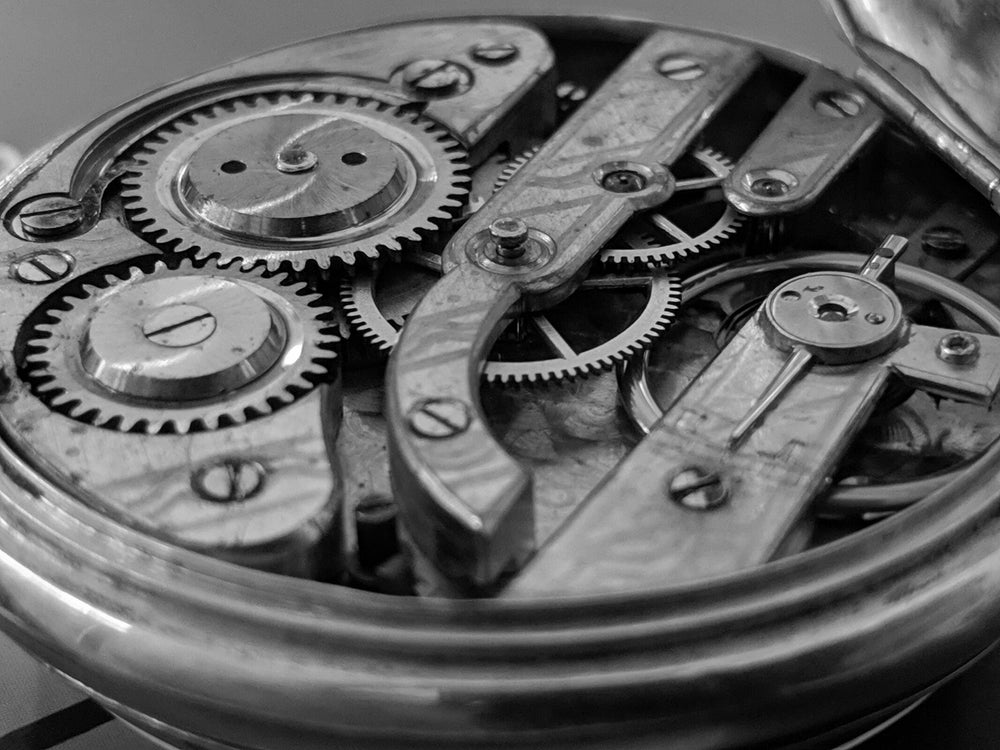Les diamants
"Les diamants se sont formés au coeur de la terre il y a plusieurs milliards d'années"
Ce miracle de la nature s'est produit il y a plusieurs milliards d'années, longtemps avant l'apparition de toute forme de vie sur terre.
Bien plus tard, il y a 300 ou 400 millions d'années, les éruptions puissantes des premiers volcans ont permis de faire remonter un très petit nombre de diamants intacts jusqu'à la surface de la terre.
Le saviez-vous ?
La terre a cessé de créer des diamants il y a 900 millions d'années.
Dans chaque diamant, des traces plus ou moins visibles témoignent de son processus de formation et lui confèrent son caractère unique. Comme l'iris d'un œil, il n'existe tout simplement pas deux diamants identiques.
L'immense majorité des diamants extraits sont de très petite taille et contiennent de multiples inclusions qui sont en quelque sorte sa carte d'identité. Moins de 20 % des diamants font plus de 0,2 carat et moins de 5 % font plus d'un carat.
Au-delà de ses caractéristiques, le diamant est aussi unique par le lien qui le lie à la personne qui va le porter, les circonstances uniques dans lesquelles elle l'aura reçu, les émotions qui y seront attachées à jamais.
Le saviez-vous ?
Étymologiquement, le mot diamant vient du grec « Adamas » qui signifie invincible. Le diamant naturel taillé est la pierre qui réfléchit le plus la lumière, ce qui lui donne sa brillance incomparable. C'est aussi la pierre la plus dure : 140 fois plus que le saphir, 180 fois plus que l'émeraude. Ses propriétés naturelles le rendent inaltérable, et donc éternel.
Les diamants ont été découverts il y a un peu moins de 3 000 ans en Inde. Au 1er siècle les Chinois les utilisaient pour tailler le jade. Les Grecs antiques voyaient dans le diamant les larmes des dieux ou des poussières d'étoiles. On lui a longtemps attribué des pouvoirs de protection divine ou encore des propriétés médicinales. Il fut même considéré en Inde comme un élixir de longévité.
À partir du XVe siècle, le diamant devient un symbole d'amour et il est enfin porté par les femmes. Le diamant s'est ainsi imposé dans le monde entier comme la pierre du mariage, puis des fiançailles, jusqu'à simplement devenir « a girl's best friend ».
Aujourd'hui, le diamant incarne la sincérité et la force de l'amour. Parce qu'il est authentique, précieux et unique, il demeure le symbole ultime pour célébrer les moments les plus rares et les liens les plus précieux de la vie. Chaque diamant raconte une histoire, chaque fois la plus belle de toutes, la plus précieuse : la vôtre.
Le saviez-vous ?
En 1477, Marie de Bourgogne fut la première à recevoir de Maximilien de Habsbourg une bague de mariage en diamant.
Les 4 C
Les 4 C sont un système de gradation des diamants, internationalement reconnu. Ce système permet de les clas d'en déterminer la valeur monétaire selon des critères objectifs.
Carat ou le poids du diamant :
1 carat équivaut à 0,2 g et est divisé en 100 points ou centièmes.
Clarity ou la pureté :
Sauf exception, tous les diamants comportent des inclusions naturelles survenues au cours du processus de cristallisation. Leur nombre et leur visibilité déterminent la pureté d'un diamant.
Colour ou la couleur :
Les diamants blancs sont extrêmement rares à l'état naturel et ont généralement une légère teinte. Même s'ils sont excessivement rares, les diamants existent dans de nombreuses couleurs, la plus rare étant le rouge.
Cut ou la taille :
C'est le seul critère qui résulte du travail et du savoir-faire des hommes, et sans doute le plus important, car la brillance d'une pierre dépend de la qualité du travail de taille.
Le saviez vous ?
Le mot carat tire son origine du Caroubier, dont la graine pèse invariablement 0,2 g et fut autrefois utilisée comme mètre étalon pour calibrer les diamants.





